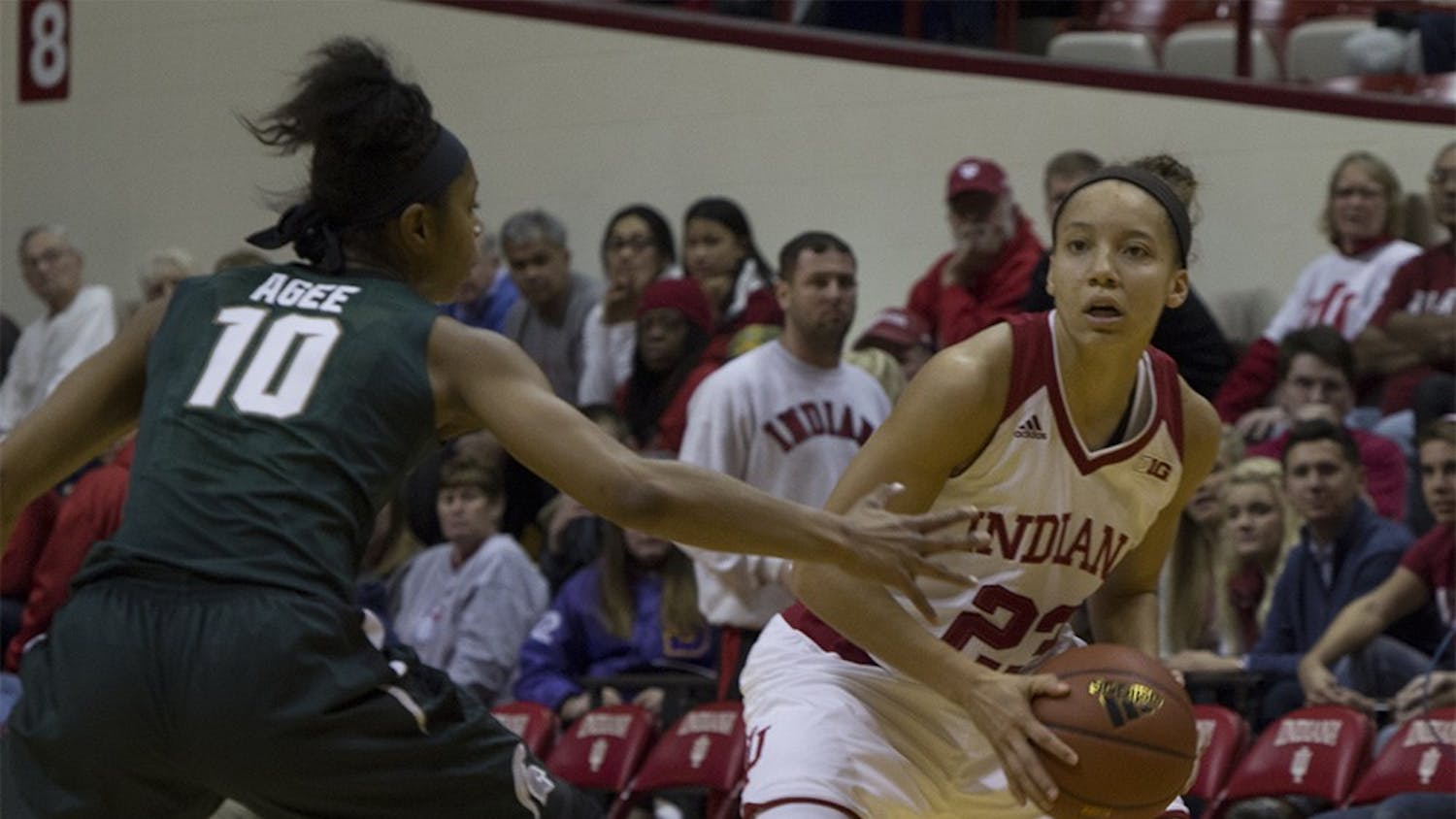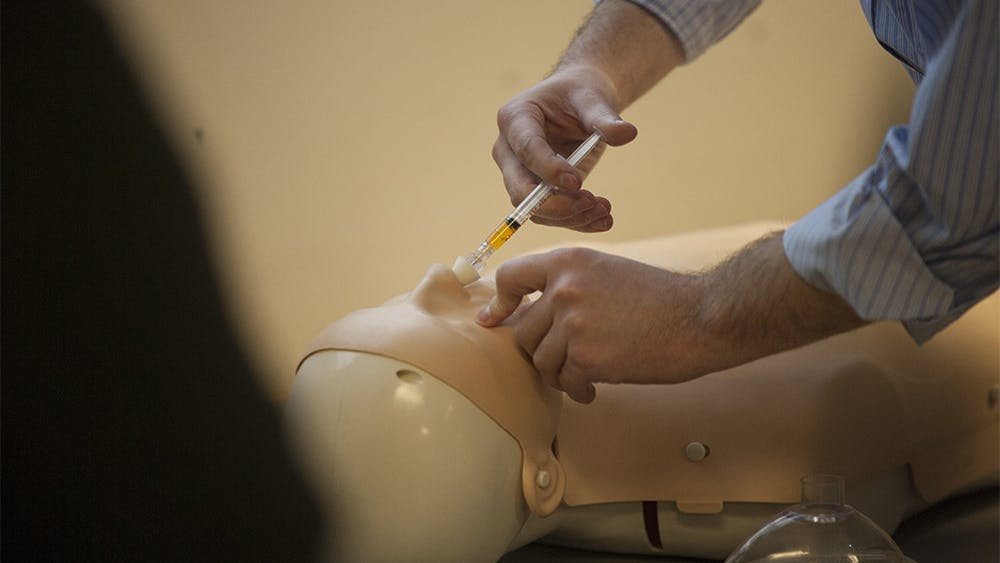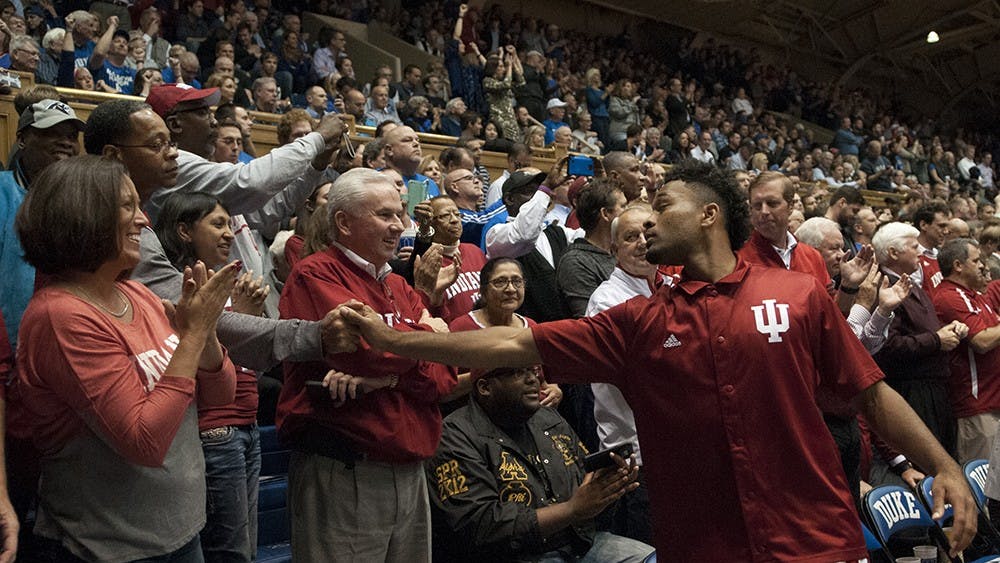Nearly one year ago, Japan was hit with the most powerful earthquake it had ever seen.
That 9.0-magnitude earthquake triggered a tsunami and a nuclear accident that plagued the country for months and, in some respects, continues to do so. More than 15,000 people lost their lives, with thousands more injured or missing, according to the Japanese National Police Agency.
Sunday marks the one-year anniversary of the tragedy. Nearly a year later, IU students are bringing the tragedy to the forefront once more.
These students are in the midst of translating and subtitling the documentary “Protecting Today,” which examines the after-effects of the Great East Japan Earthquake and tsunami.
The translation project began after Purdue University Professor Kazumi Hatasa saw a news story about the production in November.
The film takes viewers to documentary filmmaker and university student Yuka Kan’no’s hometown as she searched for the location where her house once stood and spoke with family and residents, post-disaster, about the recovery process.
While Kan’no’s family stayed safe, she lost three close friends, and her home was completely destroyed.
After seeking approval from Kan’no, Hatasa got to work on the subtitling project.
He first thought to employ professionals to subtitle the work, but once he realized the corporate route would delay the process and force him to miss his spring 2012 completion goal, Hatasa looked to students at various colleges to carry out the work.
“My primary reason for that was the educational value of the process and to increase the number of possible screening possibilities,” Hatasa said. “That is my ultimate goal. Instead of having professionals doing the subtitling, it’s become much more
educationally orientated.”
Ten colleges and universities, including Middlebury College, the University of Notre Dame and the University of Illinois at Urbana-Champaign, are working to subtitle the documentary.
Keiko Kuriyama, assistant professor in the Department of East Asian Languages and Cultures, headed the IU translation project by finding willing students and coordinating the transcription and translation process.
Kuriyama said students were drawn to the project for both the educational opportunity and the emotional connection.
“It affected everybody. This March 11 event affected every single Japanese person,” she said. “Even Americans who study Japanese or American students who went to Japan or lived in Japan, they are attached to Japan. They all really wanted to help, so that’s why this is a special topic and really emotional.”
Thirteen IU students are taking part in the project. Kuriyama paired native Japanese speakers with American students to work with small segments of the documentary. Native speakers transcribed the documentary, and the American students translated that text into English.
The translation process, however, is not always straightforward.
“Sometimes from Japanese to English, there is disagreement,” Kuriyama said. “There can be conflict.”
Kuriyama said even the title can be translated a number of ways, including “Deserving Today” or “Let’s Protect Today.”
Ensuring the translation is a faithful representation of the original Japanese is a main concern of student volunteer Bethany Muncy. She worked on the project with her partner.
“We talked about very small details to get the closest translation as possible,” the sixth-year senior said. “We were very concerned about what was implied because some things are not explicitly stated. That’s why it was very important to have an English and native speaker working together, to get those nuances.”
Muncy was studying in Kyoto, Japan, last year when the earthquake hit. While her town wasn’t affected, she said she felt a need to help the victims.
“As soon as I found out what the documentary was about, I knew I wanted to do it,” she said. “I was there in Japan, and we talked about it in my Japanese classes, and my friends have family members involved. I wanted to do something so people here would know about it, and this project was just the thing to do that.”
Fellow student volunteer and first-year graduate student Jude Coulter-Pultz was also in Japan at the time, wrapping up five years of English language instruction.
Working on the project gave him more insight into the disaster, he said.
“Even watching that segment, it’s pretty clear,” he said. “Yeah, we had a difficult time in Chiba, but there were people whose homes were completely lost and who lost their entire families. To some extent, the film did give me a better understanding of
the tragedy.”
Muncy said she hopes to screen the complete subtitled documentary on campus by the end of the semester to bring more awareness to students of the continuing nature of relief efforts.
“I would hope that they realize that it happened a year ago, that there’s still a lot of work going on,” she said.
“There are a lot of things that come up. It’s not just rebuilding buildings. People went through a lot. They lost their families. It’s not just sending money and it’s over. You just can’t put a Band-Aid on it. It takes time. I hope students realize that their help is still needed. Also, don’t take things for granted. You never know when things
could change.”
Students translate film detailing Japan’s recovery
Get stories like this in your inbox
Subscribe





